-
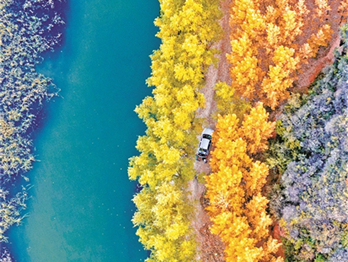
Wujin Mountain National Forest Park
Wujin Mountain National Forest Park at the western edge of the Taihang Mountains is an ideal summer resort for visitors to escape the summer heat.
-
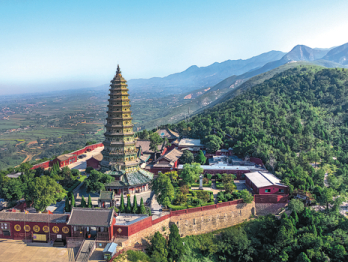
Guangsheng Temple among 'hidden gems'
The Guangsheng Buddhist Temple in Shanxi is a place of historical interest with less fame, but is worth visiting.
-
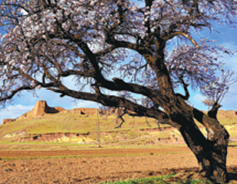
Zhumabao section of the Great Wall
The ancient Great Wall fortress of Zhumabao in the northern Shanxi city of Datong tells the story of commercial and cultural exchanges between the farming Han people in the south and the nomads in the north.
-
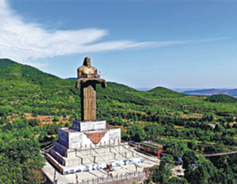
Laoding Mountain
Laoding Mountain, a scenic area in the southeastern Shanxi city of Changzhi, is one such region that claim an association with Shennong's activities.
-
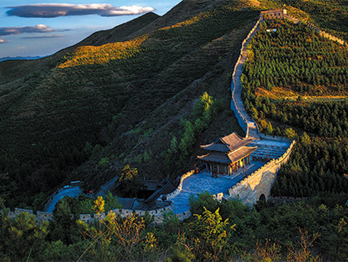
Historical buildings in Daixian county
Yang Guiting, in his 70s, has played a key role in restoring the charm and glory of historical buildings in Daixian county.
-
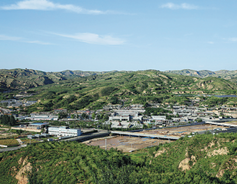
Caijiaya township
The township of Caijiaya is a famed Red tourism destination in Shanxi province.
-
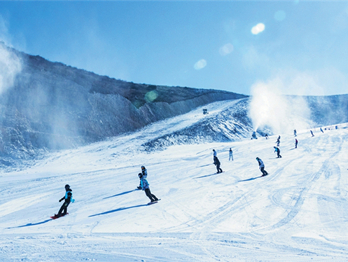
Recommended winter travel routes
Shanxi launched six winter travel routes involving natural, cultural landscapes and entertainment programs.
TOP
Copyright © The Publicity Department of the CPC Shanxi Provincial Committee.
All Rights Reserved.
京ICP备13028878号-6
